Dubuque’s Washington Park dates back to the city’s very beginnings. In 1833, G.W. Harrison surveyed and laid out the two-acre square originally slated to become the site of a seminary. The land surrounded by dirt paths designated as Sixth, Seventh, Bluff, and Locust Streets had the distinction of being one of the original 35 blocks of the brand-new city. A year later in 1834, citizens built the first church in Iowa on the southeast corner of the square. Some 70 people raised $225 to construct the one-story log meeting house used for worship by Methodists and other Christian denominations.
The log structure also served as the city’s first school house and court room. Sessions of the Michigan Territory court were held in the building, and it was here, on March 25, 1837, that townsfolk met to officially incorporate the City of Dubuque. In 1848, the town square was cleared of scrub oak and filled in to create an even surface. In 1877, the town square was officially named Washington Park.
The area really began to take shape in 1877 when buildings on the land were torn down. New paths were laid diagonally toward a 40-foot-high wooden gazebo erected just off the center of the property. Local architects Fridolin Heer and Edward Eaescher built the Oriental-style gazebo for $200. A white wooden fence was built around the square, elms were planted along the walkways, and benches and chairs were arranged to encourage visitors to spend time in the park. On August 24, 1877, some 2,000 people turned out for the formal dedication of the renovated park.
One of the most popular tales concerning Washington Park revolves around a public drinking fountain erected in the park in 1878. The city paid for half the cost while public donations covered the rest. Dr. Henry Cogswell offered to donate a statue for the top of the fountain. Citizens were led to believe the statue would show Kate Shelley, a local heroine who prevented a train from derailing at a washed out bridge.
When the statue was unveiled on May 28, 1884, citizens were shocked to see a large statue of Dr. Cogswell with only a small dedication to Kate Shelley. The statue remained in place until 1900. Some say vandals pulled it down and buried it under the forms of a sidewalk that was to be poured the following day. Although the water fountain was gone by 1912, rumors insisted the statue was entombed under a nearby sidewalk.
Washington Park has always served as a public gathering place for everything from art exhibits and political events to dog shows and peace vigils. In November 1862, Dubuquers welcomed back Dennis Mahony, editor of the Dubuque Herald who had been held prisoner in Old Capitol Prison in Washington, D.C. for his anti-Lincoln rhetoric. Enthusiastic admirers pulled Mahony’s carriage through the lighted streets to Washington Square where he addressed his supporters. “I am come back, fellow-citizens, more than ever devoted to the principles for the advocacy of which I was incarcerated.”
In 1896, the city hosted Buffalo Bill Cody’s “Authentic Wild West Show” in the square. Three years later, President William McKinley mounted the steps of the flag-draped gazebo and addressed a crowd of well-wishers eager to get a glimpse of the country’s president.
The old gazebo was demolished and sold for salvage in 1900. But that didn’t stop public use of the park. A June 18, 1918 Telegraph Herald article reported on the memorial service held in Washington Park to honor the young men who died in service to their country during WWI. Rev. Father Stuart, president of Dubuque College (now University of Dubuque), addressed the crowd of more than 1,500, which gathered in the park on a Sunday afternoon.
Rev. Stuart eulogized the young men who “were born here, went to our schools and churches, played and rested in this park. Grown to manhood, they began useful lives. They were a joy to parents and friends… The Great War came… They gave up their young dreams of peace and prosperity and offered themselves in defense of our rights and liberties.”
In 1950, Arthur C. Toepel’s parents memorialized their son with an eight-foot bronze replica of the Statue of Liberty which was installed along Locust St. in Washington Park. First Lt. Arthur Toepel, bombardier, died during WWII on June 29, 1944, when his B-244, My Everlovin’ Gal, was hit by flak and exploded over Magdeburg, Germany. The William V. Toepel family presented the statue to the Northeast Iowa Council Boy Scouts of America as part of their 40th Anniversary Crusade to “strengthen the arm of liberty.”
In the 1960s, Dutch elm disease killed almost all the trees in the park. A $60,000 renovation during the 1970s returned the park to its former splendor. Crews planted trees, flowers and shrubs, and installed lights fabricated to look like antique gas lights. Bradley Iron works was commissioned to build a new steel, three-quarter size replica of the original gazebo. In 1977, Washington Park was listed on the National Register of Historic Places.
More improvements came along in 2007 when the streets surrounding the park and the walkways in and around the park were replaced. Anxious citizens waited for reports that the statue of Dr. Cogswell had been discovered. No such discovery was made despite the use of metal detectors.
Today, Washington Park remains as popular as ever, with tri-state citizens continuing to gather in the square as they have for more than 180 years.
This article is part of the Shades of Dubuque series, sponsored by Trappist Caskets, hand-made and blessed by the monks at New Melleray Abbey.


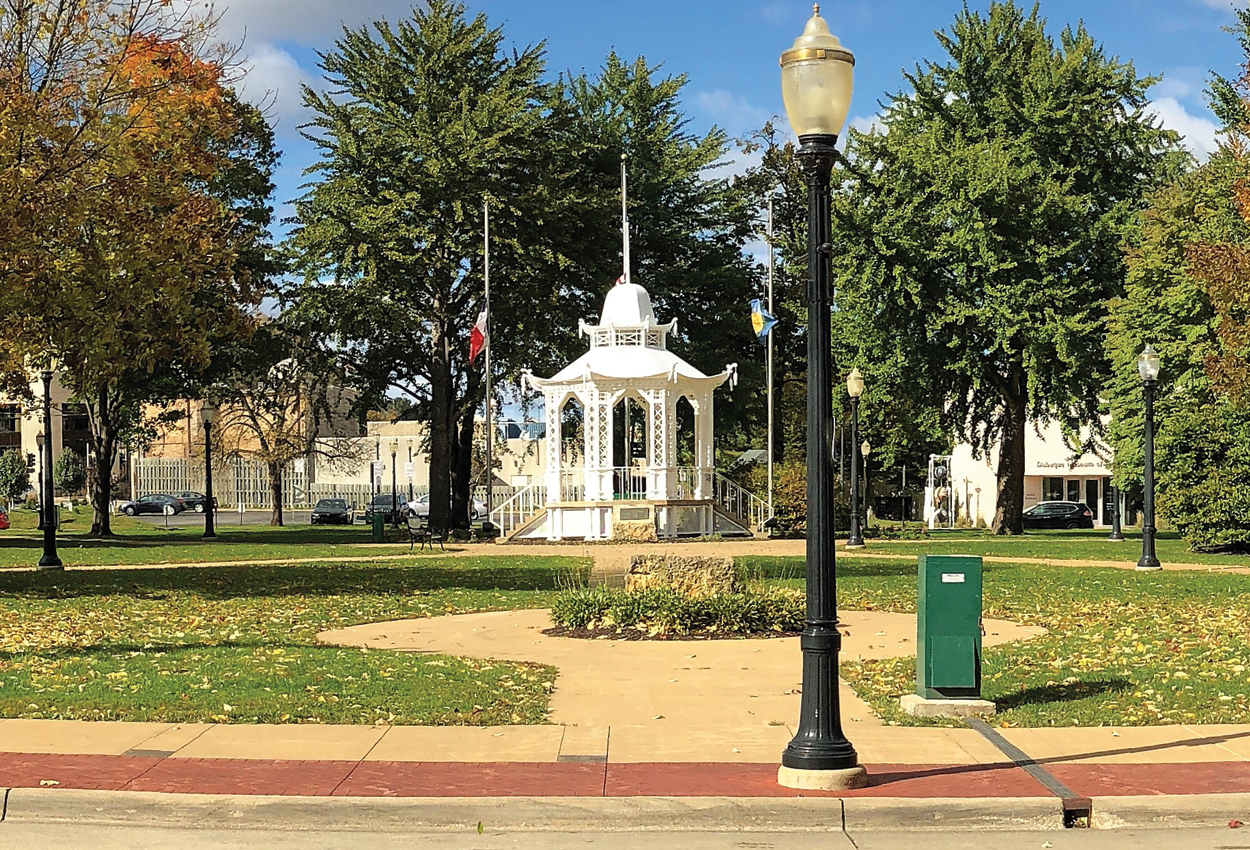
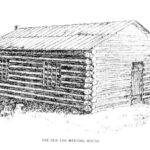

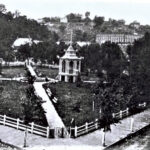
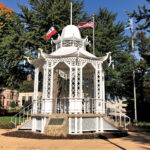
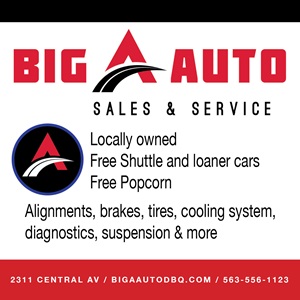

Comment here